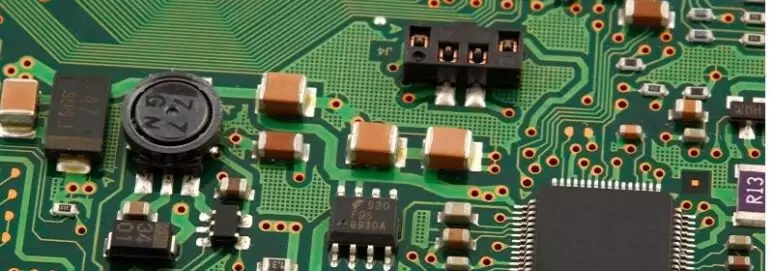Many electronic devices are sensitive to static, which can damage their internal components and lead to costly failures. Electronics manufacturers use electrostatic discharge (ESD flooring) to protect components from static electricity.
ESD flooring is essential to many businesses in the electronics manufacturing industry, impacting device reliability and reducing returns and warranties. In turn limiting finacial losses and brand damage.
What is ESD flooring?
ESD floors are explicitly installed to discharge and prevent the buildup of static electricity in a closed environment. Usually, they contain a conductive material, such as copper or carbon. This conductive layer allows static electricity to travel safely to an earth or grounding point, keeping it far from sensitive components.
Visit our ESD flooring page to learn more
How do ESD floors impact the reliability of electronic devices?
Many electronic devices are sensitive to even small amounts of static electricity, which can build up when people walk across carpets or other non-conductive surfaces.
Static electricity can cause latent or catastrophic failure if discharged into a component. Catastrophic failure caused by an ESD event is usually the least costly, as it can be detected and repaired early during manufacturing. On the other hand, latent damage caused by static electricity can go completely unnoticed. The component may appear to function as expected, but intermittent or permanent failure can occur later – leading to returns, repairs and unhappy customers.
How much money do businesses save by using ESD flooring?
The potential liability issues associated with not using ESD flooring in electronics manufacturing are significant. If electronic devices fail due to damage from static electricity, manufacturers can face legal action from customers who have suffered financial losses or injuries.
Failing to use ESD flooring can also lead to increased warranty claims and returns, not to mention damage to the company’s reputation.
By preventing damage to electronic devices from static electricity, manufacturers can reduce the need for repairs and replacements, saving money on warranty claims and returns.
Using an ESD floor can also eliminate the need for other expensive ESD protection equipment, such as grounding straps and conductive mats, saving manufacturers even more money on equipment costs and maintenance.
What are the considerations when selecting an ESD floor for electronics manufacturing?
There are several key considerations when selecting an ESD floor for a manufacturing facility. First and foremost, the flooring must dissipate static electricity consistently to prevent electronic device damage.
This means selecting a floor that has been tested and meets regulated ESD specifications. ESD industry standards act as a framework or rulebook to specify the rate at which static should dissipate in specific environments.
Learn more about ESD floor standards and requirements
It’s also important to consider the durability of the flooring. ESD flooring is typically subjected to high foot traffic volumes and chemicals, so it must withstand these conditions without losing conductivity or durability. We recommended avoiding ESD floors that contain a wear layer, as this is a typical indicator that the ESD performance of the floor will fade over time.
Finally, consider the installation method and maintenance requirements of the flooring. Some types of ESD floors require specialised installation and maintenance procedures, which can add to the overall cost of the flooring system.
Summary
ESD flooring is critical in preventing damage to electronic devices from static electricity. Manufacturers can realise potential cost savings and reduce the risk of expensive device failures or liability issues by selecting the right ESD solution.
With the right ESD floor solution, businesses can improve their electronic products’ reliability whilst protecting their bottom line.



